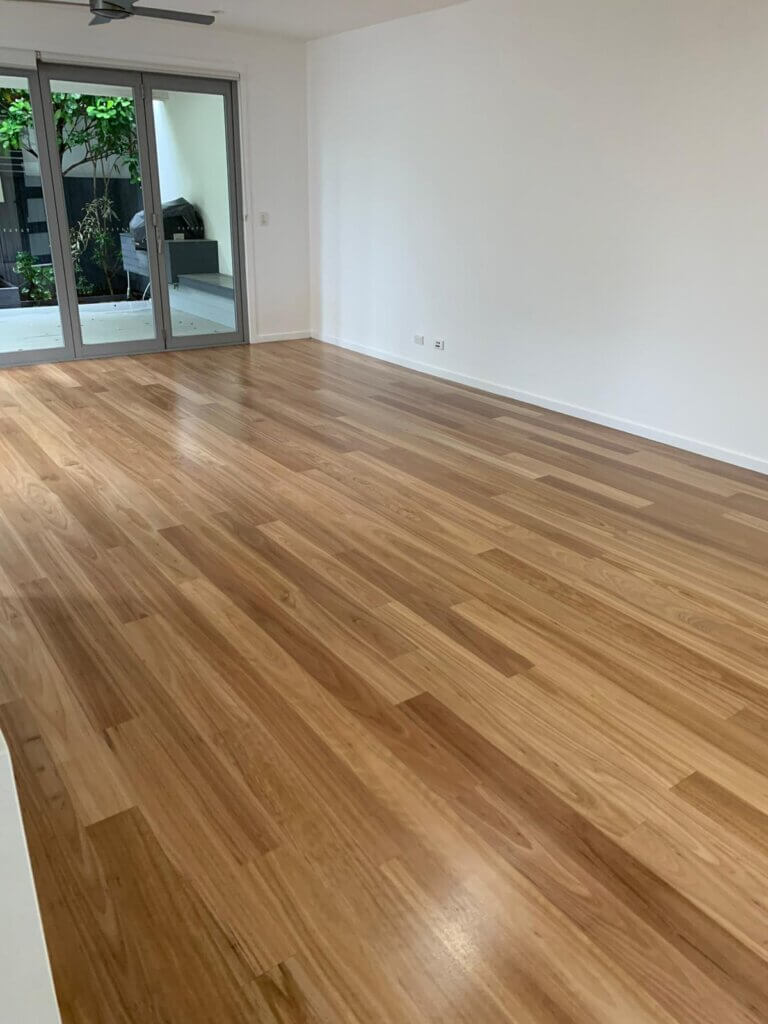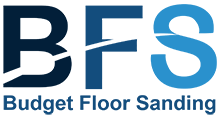Engineered hardwood floors are becoming popular in Brisbane homes due to several reasons. They beautify your timber floors with added durability and stability. Engineered floors consist of a top layer of genuine hardwood veneer bonded to layers of plywood or high-density fiberboard (HDF). They show resistance to warping and shrinking compared to solid timber floors. However, engineered hardwood requires persistent care and maintenance to keep charm and elegance.
Understanding the basics of engineered hardwood floors is essential before learning about the maintenance guidelines and sanding techniques.

choose budget floor
Understanding Engineered Hardwood Floors
Engineered hardwood floor is composed of multiple layers of materials glued together. The main three layers are:
- Top Layer: Wood veneer is a top wear layer that protects from scratches and stains. It offers the natural look and feel of solid timber.
- Base layer: The middle layer formed by plywood or HDF provides high dimensional stability. The base material provides durability and resistance to environmental changes.
- Bottom Layer: Hardwood backing adds further stability.
Engineered Hardwood Floors Maintenance Strategies
Maintenance of engineered wood floors is slightly different from hardwood floors. The thin hardwood veneer cannot be sanded multiple times, so adopt a cleaning and care routine to prolong its lifeline.
Regular maintenance is essential to preserve the appearance and functionality of engineered hardwood floors. Here’s how you can care for your floors effectively.
Adopt A Cleaning Routine
- Sweep the floor daily using a broom, a soft cloth, or a vacuum with a soft brush attachment. Daily cleaning prevents the dirt and dust setting that scratch the floor.
- Wipe up spills instantly to prevent floor staining and moisture damage.
- Avoid using harsh chemicals or excessive water. Mop with a damp microfiber cloth and a hardwood floor cleaner.
Floor Protection Approaches
- Place doormats at entryways and use area rugs and mats in high-traffic areas such as kitchens, living rooms, and hallways.
- Place a shoe rack near the entryway and separate the shoes for in-house use.
- Prevent furniture scratches by placing felt pads at the bottom of the furniture and keeping pet nails trimmed.
- Use curtains and blinds to prevent engineered hardwood floor exposure to sunlight. Rearrange furniture periodically to avoid discoloration.
- Use a humidifier to control indoor humidity levels. The humidity levels range between 40% and 60%.
The Sanding Process for Engineered Hardwood Floors
As the hardwood layer is present only on top, engineered hardwood floors are sanded only when the floor is beyond repair. The floor is sanded when there are deep scratches and dents, the wood veneer starts to wear off, or you want to change the stain color.
A professional evaluation of the veneer thickness and floor condition is necessary before sanding. A thin veneer does not sand well, as the top layer may wear away entirely, while a thick layer offers greater flexibility, allowing for multiple sandings over time.
The floor is sanded using special equipment and fine-grit sandpaper to remove surface imperfections. After sanding, a protective polyurethane or oil-based finish is applied to enhance durability and aesthetic appeal.
How can a professional floor sander sand your engineered floors better?
Hiring Budget Floor Sanding (a professional floor sanding and polishing company) ensures expertise in handling engineered hardwood floors through specialized equipment. We offer eco-friendly and budget-friendly options to Brisbane homeowners.
For expert sanding and maintenance services, trust Budget Floor Sanding in Brisbane. Contact us today to schedule a consultation, and let us help you care for your beautiful engineered hardwood floors.
Call us now to get a free quote at 0418 882 678.

